Campus Laboratories
The Observatory, Planetarium and Sundial at UWRF provide exciting opportunities for students and the community to explore the wonders of astronomy. The Observatory, located in Centennial Science Hall, hosts public telescope viewings where visitors can observe planets, nebulae and galaxies. The Digital-Dome Planetarium offers immersive educational shows, enhancing learning in astronomy and space science. The Richard D. Swensen Sundial, one of the most precise in North America, serves as both a functional timepiece and an educational tool. Whether attending a stargazing event, a planetarium show or simply exploring the sundial, these resources bring science to life at UWRF!
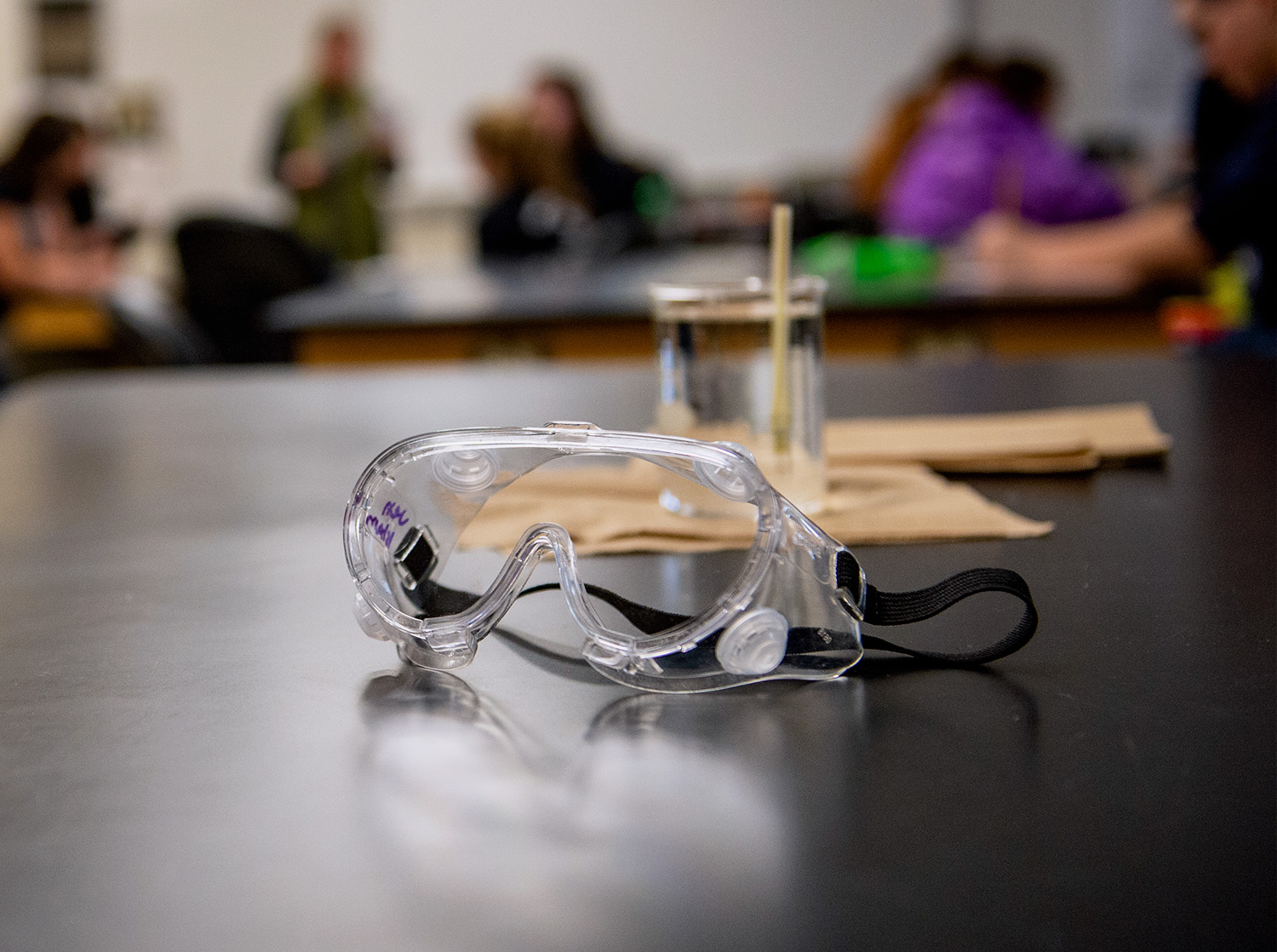
The Observatory
The UWRF Observatory is located on the 3rd floor of Centennial Science Hall (south stairwell) at 511 S. 6th St. Observatory viewings and talks are free and open to all age groups. Objects to be seen include planets, globular clusters, open clusters, nebulae, galaxies, moons and double star systems. If there is a presentation scheduled, it will be held in 271 CSH before viewing begins. If the night is clear, all are welcome to come up to the observatory immediately afterward!

Observatory Viewing Assistance
If you need assistance, please let us know. Elevator access to the third floor telescope lobby is available and we will assist you to the observing deck or inside the dome if you would like!
Weather
Check this page after 6 p.m. for any weather updates in case skies are not conducive to viewing, or call 715-425-4630. If in doubt, use your own judgement and check weather.com. If inclement weather precludes viewing, the talk will always be held if there is a talk scheduled.
Please contact Glenn Spiczak if you would like to be added to the stargazers email list or have any cosmic questions about what we see (or don't see, for dark matter or dark energy) in our amazing universe.
Telescopes
The Observatory is equipped with a 16-inch Meade computer-controlled LX200GPS mounted under the dome, three portable telescopes (two 12-inch Meade LX200 and one 18-inch Obsession Dobsonian), Coronado SolarMax60 and PST Solar Telescopes. UWRF also has two parallel RadioJOVE telescopes (currently awaiting a new location), and a number of QuarkNet cosmic ray air shower detectors.
Stargazing Links
- Absolute Astronomy: Messier Objects
- Spacewatch: Skywatching learn about what's up in our sky
- Sky & Telescope: monthly commentary
- Astronomy for Children
- Award winning daily science radio series with a variety of articles, teacher resources, kids stuff, etc.
- Phil Harrington's StarWare, advice and information page for amateur astronomers
- NASA's StarChild site: for young (and old) astronomers.
- Hawaiian Astronomical Society: Caldwell Objects
Partial Solar Eclipse Observation Event
Open Sky and Telescopic Views of the partial solar eclipse on Oct 14, 2023.
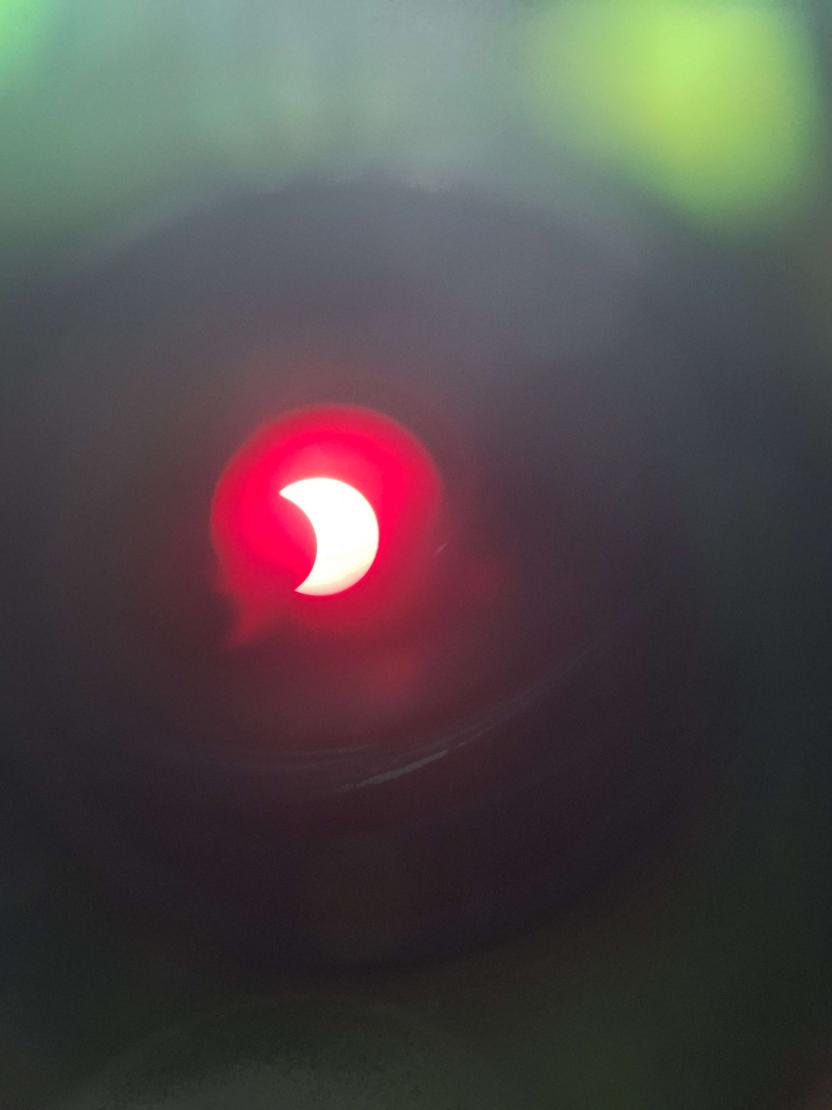
Observatory Events
Astronomy Talks and Viewings
No Astronomy talk is currently scheduled. Check back for future scheduled dates!
Previous Telescope Sessions
Wednesday, Mar. 5, 2025
A waxing crescent Moon will be seen after sunset, with prominent features along the night/day terminator. Saturn will have vanished behind the Sun on February 28 so we'll have to wait to see it again, though Saturn's rings are now edge-on so we would have trouble seeing them even if we saw the planet. Bright Venus, Jupiter (and it's four large moons), and Mars will all be visible in a parade across the sky, plus assorted globular star clusters, binary stars, and the Andromeda galaxy. I continue to hope that we'll be lucky enough to witness the rare (~80 years) nova in T Coronae Borealis, though the odds on that appear unreliable after last year's prediction now months overdue.
Monday, Nov. 11, 2024
A waxing gibbous Moon was visible briefly before it set behind the University Center. Many saw at Saturn and it's beautiful super-thin rings nearly edge-on, its large Moon Titan, the great Hercules globular star cluster, the Andromeda galaxy, and the red/blue binary star system Albireo in Cygnus.
Monday, Oct. 7, 2024
A waxing crescent Moon was seen by those who arrived early, otherwise we gazed at Saturn and it's beautiful rings nearly edge-on, globular star clusters, the Andromeda galaxy, binary stars, and would have to wait until another night to be lucky enough to witness a rare (every 80 years) nova in T Coronae Borealis, predicted with 95% chance to go nuclear sometime this fall. We appreciate the great patience shown by the enormous crowd in attendance previously.
Monday, Sept. 9, 2024
A waxing crescent Moon provided nice shadows for features early. So far we have not been witness the rare (every 80 yr) nova in T Coronae Borealis, so maybe next time, Saturn's rings impressed as always, plus lots more!
The Digital-Dome Planetarium
The UW-River Falls Planetarium is located in the Agricultural Sciences Building in room 201, about one block from the corner of 3rd Street and Cascade Avenue, between SciTech and the University Greenhouse. There is handicapped access from the north side of the building and steps into the Planetarium area from the east side.
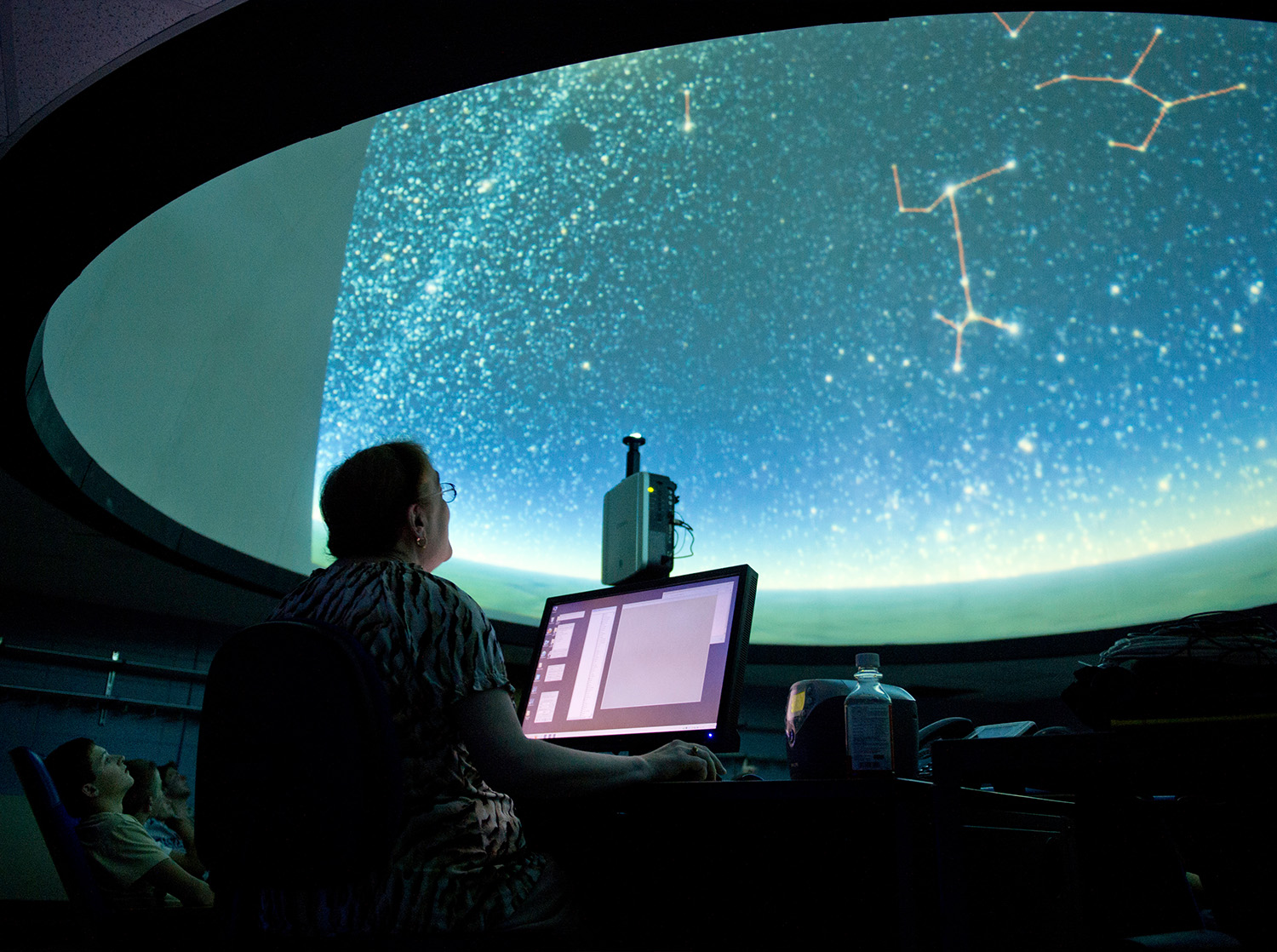
Planetarium Shows
If your school or organization would like a show please contact Glenn Spiczak with a wide range of possible days and times that can work. We can support roughly 1-2 shows per week so the sooner you schedule the more likely we'll be able to find a spot!
Buses
Groups arriving by bus should be dropped off at either the east or north entrance. Buses are requested to park in the Ramer Visitor Parking Lot on Main Street.
Other Information
Restrooms are located immediately to the left and right of the Planetarium entrance. There are coat hooks inside the Planetarium.
Questions?
For any questions about events or to plan a visit to the Planetarium, please contact:
Glenn Spiczak, Physics Department Chair, Professor
- Office: 125 Centennial Science Hall
- Phone: 715-425-4630
- Email: glenn.spiczak@uwrf.edu
The Richard D. Swensen Sundial
The sundial on the Kleinpell Fine Arts (KFA) building was designed by faculty emeriti John Shepherd. Find it on the outside south wall of KFA, located on Cascade Avenue just west of Centennial Science Hall. It faces the University Center along the main east-west walkway through the center of campus. This sundial is one of the most accurate in North America!
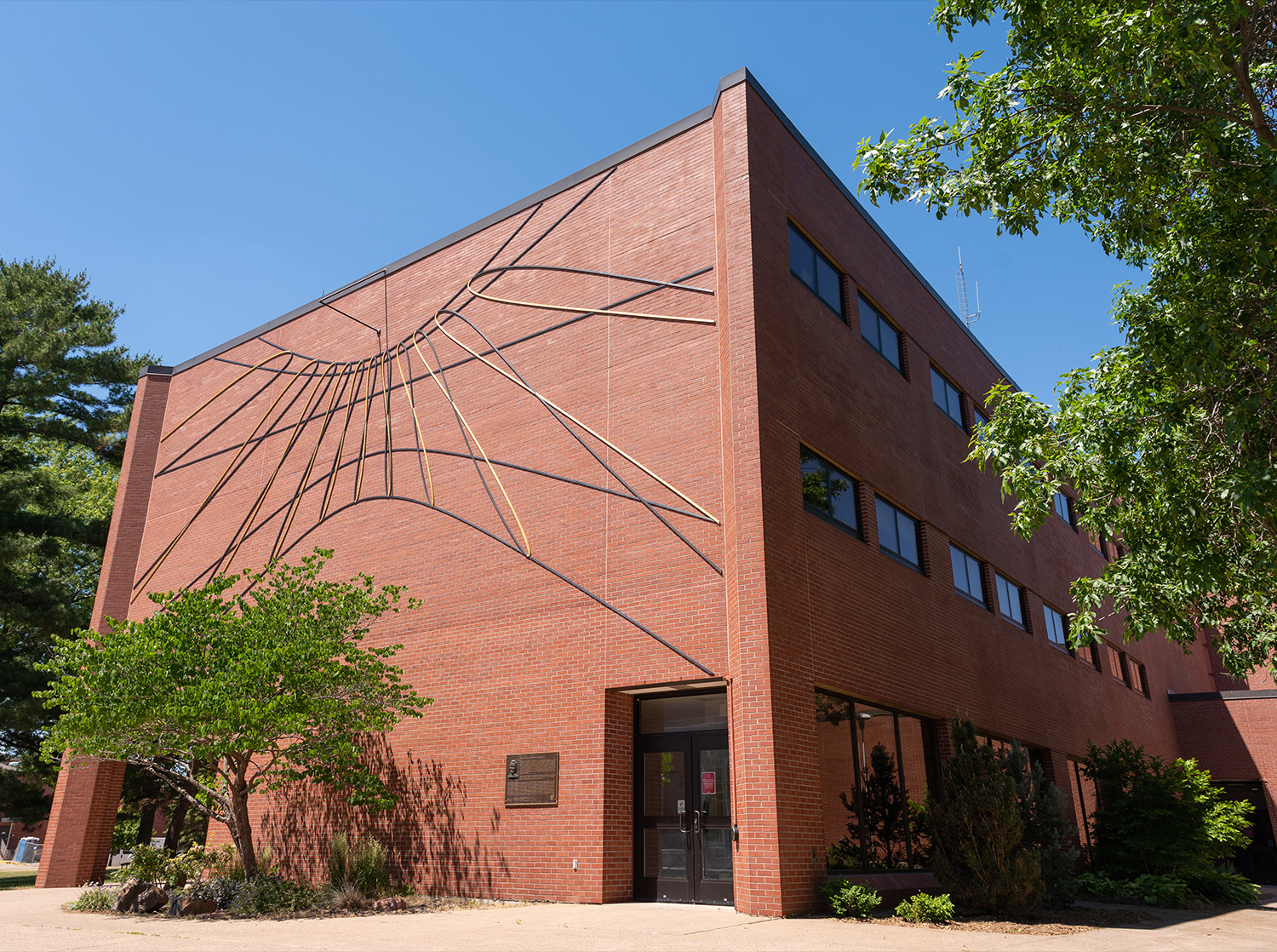
How to Read the Richard D. Swensen Sundial
The time can be read to the minute only on the hour. For times between the hours you need to estimate. The time and date are indicated by the position of the center of the intersection of the two shadows from the double gnomon.
When the sun is shining on the sundial, the shadows move from left to right across the face of the dial as the day progresses. At each hour the intersection of the shadows falls on the boundary of an analemma. In the spring, half of the year, from December 21 through June 21, the gold colored boundary marks the hour. In the fall, half of the year, the dark brown part of the analemma is used. When estimating the time between the hours, make sure you estimate between the correct boundaries of the analemmas. Gold for spring, brown for fall.
For aesthetic reasons numbers were left off of this sundial. Thus, to determine which hour is indicated, you have to know which analemma corresponds to which hour. In standard time, the hours marked run from 7 a.m. at the left to 5 p.m. at the right. Only parts of the 7 & 8 a..m. and 4 & 5 p.m. analemmas are marked, since in the summer the sun rises behind the sundial and thus does not cast a shadow on the wall. In daylight savings time, from the first Sunday in April until the last Sunday in October, the analemmas indicate the time one hour later than in standard time. Thus the hours marked would run from 8 a.m. through 6 p.m.
The date may also be estimated from the position of the intersection of the shadows. The daylines, which sweep from left to right crossing the analemmas, are calculated for specific positions of the Earth in its orbit around the sun. Since the year is not a whole number of days, we adjust the calendar to keep in step with these astronomical positions or events, in particular the Vernal Equinox, by means of a leap day, February 29. Thus, the date of these astronomical events can vary by a day year to year.
The top day line corresponds to the Winter Solstice, the shortest day of the year when the sun is lowest in the sky, December 21 approximately. On the day of the Winter Solstice, the intersection of the shadows will move along this dayline.
The second dayline from the top corresponds to January 31 in the first half of the year and November 10 in the second half. The first date is close to Candlemas, locally known as Ground Hog Day, Feb. 2. The second date is close to Martinmas, November 11 and is actually the date of Richard D. Swensen's birthday.
The middle dayline which is a horizontal straight line corresponds to the Vernal Equinox and Autumnal Equinox, March 21 and September 21 approximately. On these dates, the intersection of the shadows will move along this line.
The second dayline from the bottom corresponds to May 8 and August 4. The first date is close to Beltane, May 1 and the second is close to Lammas, August 1. The dates of the daylines used were compromises so that a single dayline could be used to represent two days.
The bottom dayline corresponds to the Summer Solstice, the longest day of the year when the sun is highest in the sky, June 21, approximately.
To aid in estimating the date, on days other than those corresponding to those marked by the daylines which are approximately six weeks apart, weekly intervals have been marked on the analemmas. Thus, one can count the number of weeks to the nearest dayline.
Science and Technology Innovation Center (SciTech)
The Science and Technology Innovation Center (SciTech) at UW-River Falls is a transformative space designed to foster collaboration, innovation, and real-world learning. More than just a state-of-the-art science facility, SciTech connects students with industry leaders, faculty, and researchers across disciplines, including chemistry, biology, physics, and engineering. By integrating academic excellence with regional industry partnerships, the center provides students with hands-on experiences, internships, and opportunities to engage in groundbreaking research. With a focus on collaboration, SciTech prepares students to tackle real-world challenges, contribute to the workforce, and shape the future of scientific discovery.
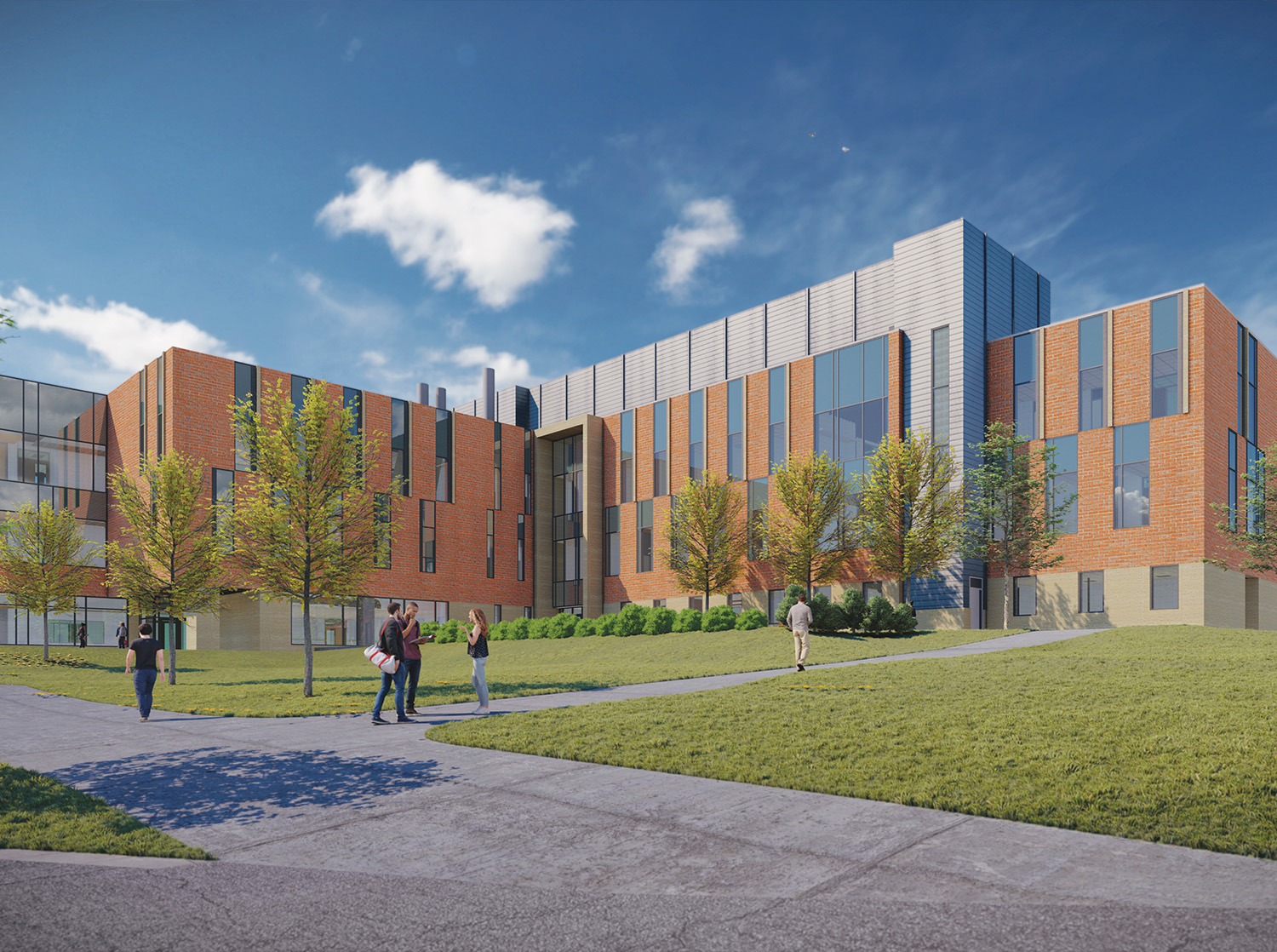
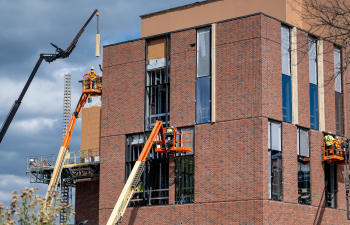
About the Project
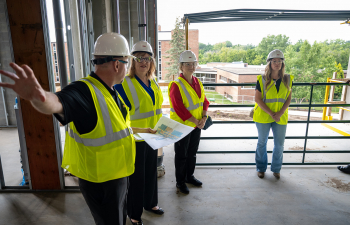
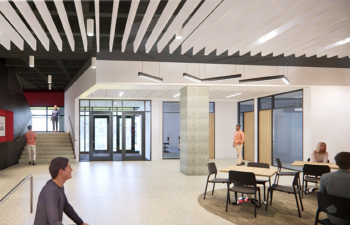
Research Opportunities

